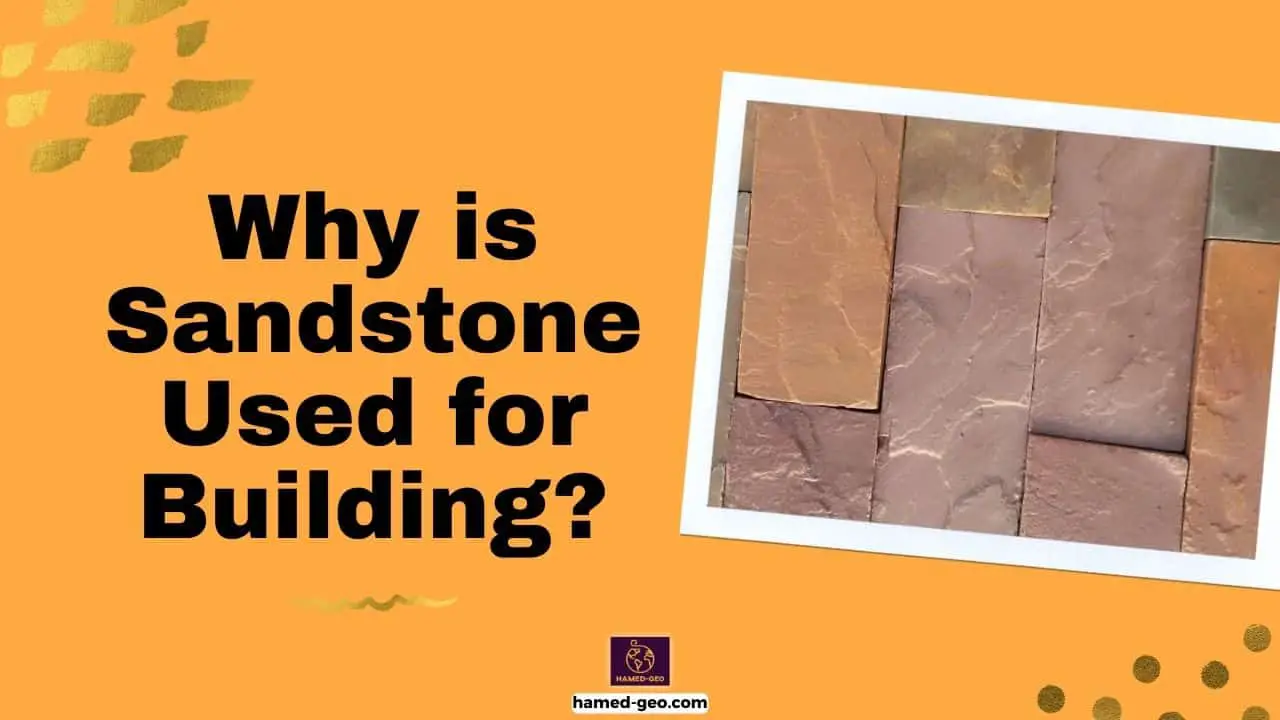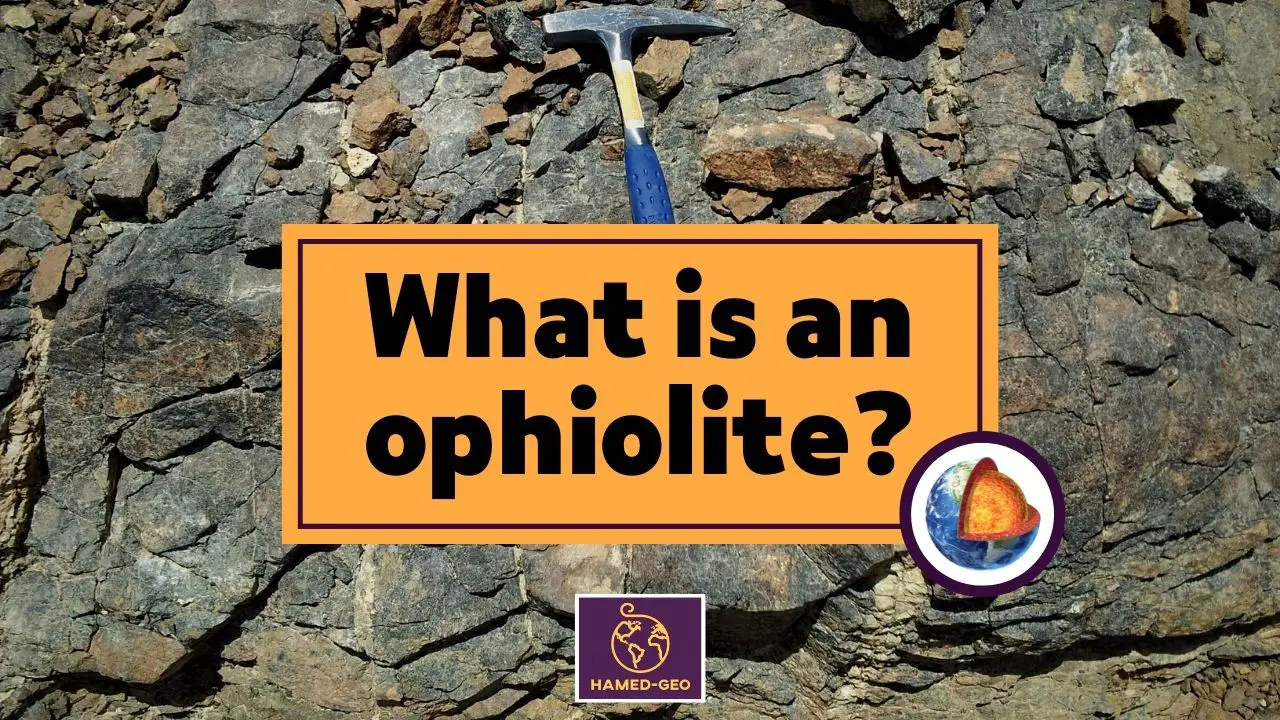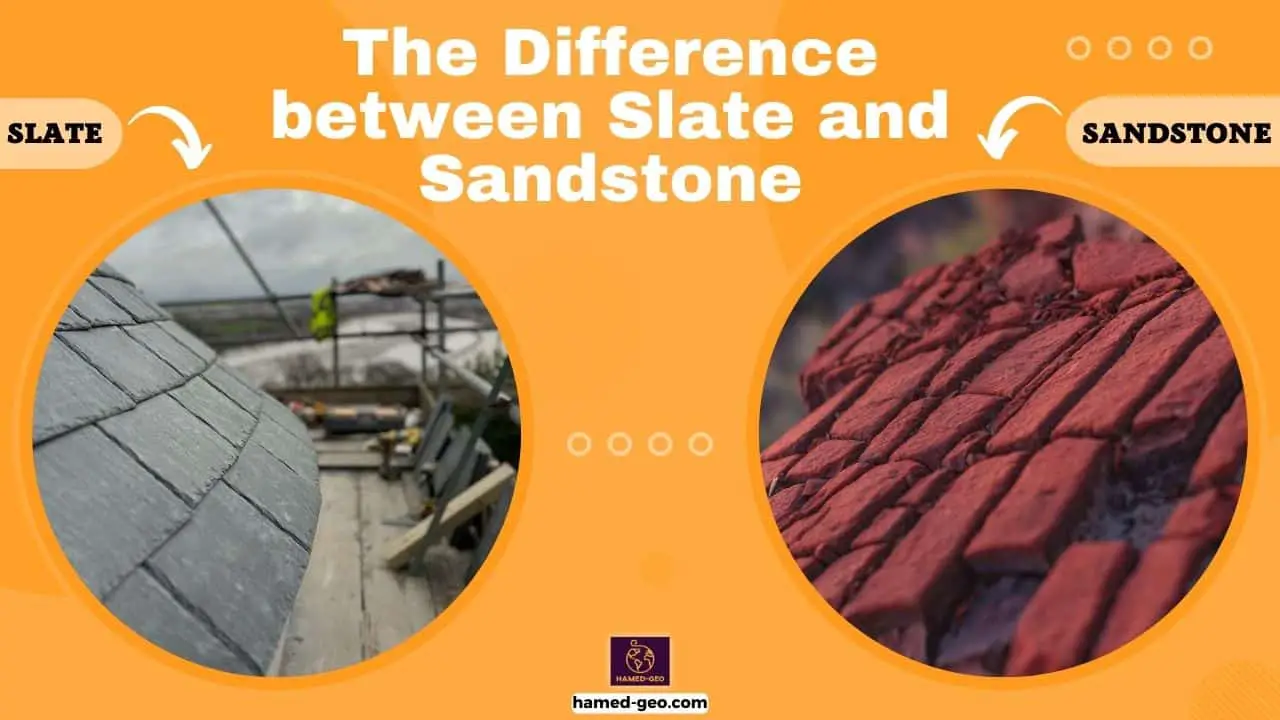Sandstone, a sedimentary rock composed mainly of sand-sized mineral particles or rock fragments, has been a popular building material for centuries. Found in various parts of the world, this versatile stone offers a range of attractive properties that make it suitable for a wide range of applications. In this blog post, we will explore the key reasons that have contributed to sandstone’s enduring popularity as a building material.
Why is Sandstone Used for Building?
Sandstone is a popular building material due to its aesthetic appeal, durability, weather resistance, easy workability, insulating properties, eco-friendliness, low maintenance, and cost-effectiveness. Its unique color palette and texture, strength, and ability to withstand harsh weather conditions make it suitable for a wide range of applications. Sandstone’s low maintenance requirements and long lifespan also make it a cost-effective choice for builders and developers.
Aesthetic Appeal
One of the most prominent reasons for sandstone’s widespread use in construction is its stunning aesthetic appeal. The natural beauty of sandstone is derived from its unique color palette, which ranges from warm yellows and reds to cool grays and browns. This variety in color is due to the presence of different minerals, iron oxide, and other organic materials. The texture of sandstone can also vary, providing a diverse range of finishes that can complement both traditional and modern architectural styles. Sandstone can be used to create a wide range of architectural features, including arches, pillars, and decorative moldings.
Durability and Strength
Sandstone has proven to be a durable and strong building material. This is largely due to its cementing agents, such as silica, calcium carbonate, and iron oxide, which bind the sand grains together to form a solid rock. The strength of sandstone can vary depending on its composition, but it is generally strong enough to withstand the pressures exerted by typical building applications.
Furthermore, sandstone’s durability is demonstrated by the numerous historical buildings and monuments constructed from this material that have stood the test of time. Examples include the ancient city of Petra in Jordan, the Red Fort in India, and parts of the UNESCO World Heritage Site of Hadrian’s Wall in the United Kingdom.
Weather Resistance
Sandstone’s resistance to weathering is another key factor that has contributed to its popularity as a building material. It is particularly suitable for areas with harsh weather conditions, including heavy rainfall, freezing temperatures, and high levels of humidity. Sandstone’s natural porosity allows it to absorb and release moisture without causing significant damage to the structure. This characteristic also helps to reduce the risk of frost damage, as the absorbed water can expand and contract within the pores without causing the material to crack.
Moreover, sandstone can be treated with sealants and other protective coatings to enhance its weather resistance properties further. These treatments can help to prevent staining and reduce the rate of erosion caused by wind, rain, and other environmental factors.
Easy Workability
Sandstone’s workability is another significant advantage that makes it a popular choice for construction projects. The rock is relatively soft and easy to cut, shape, and carve, making it suitable for a range of applications, including cladding, paving, and ornamental features. Sandstone can be easily worked with both hand tools and power tools, making it a versatile option for builders, architects, and craftsmen alike.
In addition to its ease of workability, sandstone also offers a range of different finishes. These include smooth, rough, and textured surfaces, which can be achieved through various techniques, such as sawing, polishing, and bush hammering. This versatility allows architects and designers to create a wide range of visual effects, ensuring that sandstone can be used to meet the aesthetic requirements of any project.
Insulating Properties
Sandstone’s natural insulating properties make it a desirable choice for building projects, particularly in areas with extreme temperature variations. The rock’s porosity and low thermal conductivity help to create a barrier against heat transfer, which can contribute to a building’s energy efficiency. This means that sandstone structures can stay warmer in winter and cooler in summer, reducing the need for additional heating or cooling systems, and potentially lowering energy costs.
Eco-Friendly Material
In today’s environmentally-conscious world, sandstone’s eco-friendly credentials have become increasingly important. As a natural material, sandstone has a lower environmental impact compared to many other building materials, such as concrete or steel. The extraction and processing of sandstone generally require less energy, and the material is biodegradable, meaning it will not contribute to long-term pollution.
Furthermore, sandstone is a recyclable material, which means that it can be reused in other construction projects once its original purpose has been served. This helps to reduce the amount of waste generated by the construction industry and contributes to the conservation of natural resources.
Low maintenance
Sandstone is a low-maintenance material that requires little upkeep over its lifetime. It is resistant to staining, fading, and weathering, which means it can maintain its natural appearance for many years. Sandstone also requires minimal cleaning, making it a popular choice for buildings that are located in areas with high levels of pollution or environmental contaminants.
Cost-Effectiveness
Finally, sandstone’s cost-effectiveness makes it an attractive option for builders and developers. While the initial cost of sandstone may be higher than some alternative materials, its durability, low maintenance requirements, and long lifespan can make it a more cost-effective choice in the long run. Additionally, sandstone’s natural beauty and timeless appeal can contribute to the value of a property, making it a sound investment for homeowners and developers alike.
In conclusion, sandstone’s unique combination of aesthetic appeal, durability, weather resistance, workability, insulating properties, eco-friendliness, and cost-effectiveness has made it a popular choice for building projects throughout history. As architects and builders continue to seek sustainable and beautiful materials to work with, sandstone



